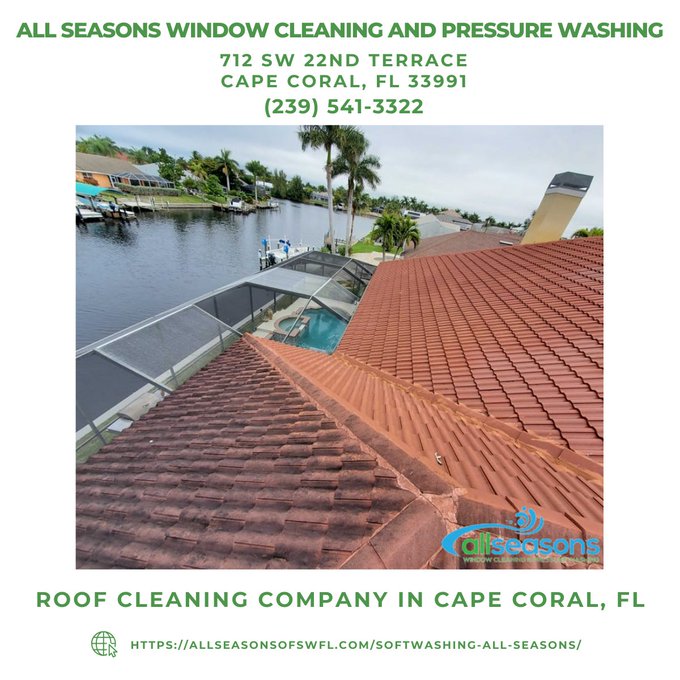Introduction
Understanding the cost of a new roof can feel like navigating a maze, especially in a dynamic market like the Philippines. Whether you’re renovating an old house or building a new one, getting the right roofing solution is paramount. In this article, we’ll delve into all aspects of roofing costs, materials, cleaning methods, and maintenance tips that could save you money in the long run. By the end, you will have a comprehensive guide to help you make informed decisions about your roofing needs.
How Much Is a New Roof in the Philippines? Pricing Insights
When considering how much is a new roof in the Philippines, it's essential to look at various factors that influence pricing. The cost can vary widely based on materials, labor, and even geographic location.
Factors Influencing Roofing Costs
Material Type- Asphalt Shingles: These are often the most affordable option but may not last as long as other materials. Metal Roofing: Slightly more expensive but provides durability and energy efficiency. Tiles: Often used for their aesthetic appeal but can be costly due to weight and installation complexity. Wood Shingles: These offer natural beauty but require more maintenance.
Labor Costs
Labor charges can significantly impact overall costs. Skilled labor may demand higher rates, especially in urban areas.
Roof Size and Complexity
The larger and more complex your roof design is, the higher your costs will be. Simple roofs are easier to install and thus cheaper.
Geographic Location
Prices tend to fluctuate depending on where you live in the Philippines. Urban centers typically have higher costs compared to rural areas.
Installation Method
Certain roofing techniques require specialized skills and equipment, which can also elevate labor costs.
Average Cost of Roofing Materials
| Cape Coral roof maintenance Material Type | Average Cost per square meter | |---------------------|-------------------------------| | Asphalt Shingles | ₱500 - ₱800 | | Metal Roofing | ₱600 - ₱1,200 | | Clay Tiles | ₱800 - ₱1,500 | | Wood Shingles | ₱900 - ₱1,600 |
Is Roof Cleaning a Good Idea?
Cleaning your roof is often overlooked but plays an essential role in maintaining its longevity and appearance.
Benefits of Roof Cleaning
- Prevents algae and moss growth Enhances curb appeal Prolongs roof life Saves money on future repairs
What Happens If You Don't Clean Your Roof?
Failure to regularly clean your roof can lead to serious issues such as water damage or structural compromise due to mold growth.
What Is the Best Method of Roof Cleaning?
There are various methods of cleaning roofs depending on material type:
Soft Wash Roof Cleaning
This method employs low-pressure washing combined with specialized cleaning solutions designed to safely remove dirt without damaging shingles or tiles.
Pressure Washing
While effective, pressure washing can sometimes cause damage if not done appropriately—particularly on older roofs.
How Often Should Your Roof Be Cleaned?
Most experts recommend cleaning your roof at least once every 2-3 years; however, specific environmental conditions might necessitate more frequent cleanings.
Can I Clean My Roof Myself?
Yes! However, it’s crucial to exercise caution:
Use appropriate safety gear. Consider using non-slip footwear. Always work with someone else present for safety.How Much Does It Cost to Coat a Roof?
Coating your roof can range from ₱100 to ₱300 per square meter depending on material quality and application method used.
What Is Roof Cleaning Called?
Roof cleaning is commonly referred to as "roof maintenance" or "roof restoration," encompassing various methods aimed at preserving roof integrity.
Can I Walk on My Roof To Clean It?
Walking on your roof is possible but should be avoided unless absolutely necessary—especially if it’s made of delicate materials like shingles or tiles.
How To Make Your Roof Look New?
Regular cleaning combined with occasional coatings can significantly rejuvenate your roof's appearance:
- Use quality cleaners designed for roofing materials Apply reflective coatings for shine Trim overhanging branches that may drop debris
Does Roof Cleaning Extend The Life Of A Roof?
Absolutely! Regular maintenance helps uncover potential issues before they escalate into costly repairs or replacements.
Continuing through each section requires elaboration on various facets associated with roofing costs and methods while incorporating FAQs.
FAQ Section
1. What chemical is used to clean roofs?
Common chemicals include sodium hypochlorite (bleach) mixed with water for effective algae removal; however, always read labels carefully!
2. How long does it take for roof cleaner to work?
Most cleaners start working within 15 minutes; however, full effectiveness may take up to 24 hours depending on product formulations.
3. Should you rinse a roof after washing?
Yes! Rinsing removes residual chemicals that could potentially Roof Washing harm plants or landscaping below.
4. Can roof cleaning cause leaks?
Improper cleaning techniques could loosen shingles leading to leaks; therefore hiring professionals is advisable if unsure about DIY approaches.
5. How often should I coat my roof?
A good rule of thumb is every 5 years unless environmental factors dictate otherwise!
6. Why is my roof turning green?
Moss or algae growth often manifests as green patches—this typically occurs in shaded areas prone to moisture retention.
Conclusion
In summary, understanding how much a new roof costs in the Philippines involves considering various factors such as material types, labor expenses, and maintenance practices like cleaning and coating. Regularly caring for your roof not only enhances its appearance but also extends its lifespan—saving you money over time! With these insights under your belt, you'll be better equipped when making decisions about roofing options tailored specifically for your home’s needs.
This comprehensive guide serves as both an informative resource and motivation toward proactive home care strategies that ensure long-term satisfaction with one of your home's most critical components—its roof!
